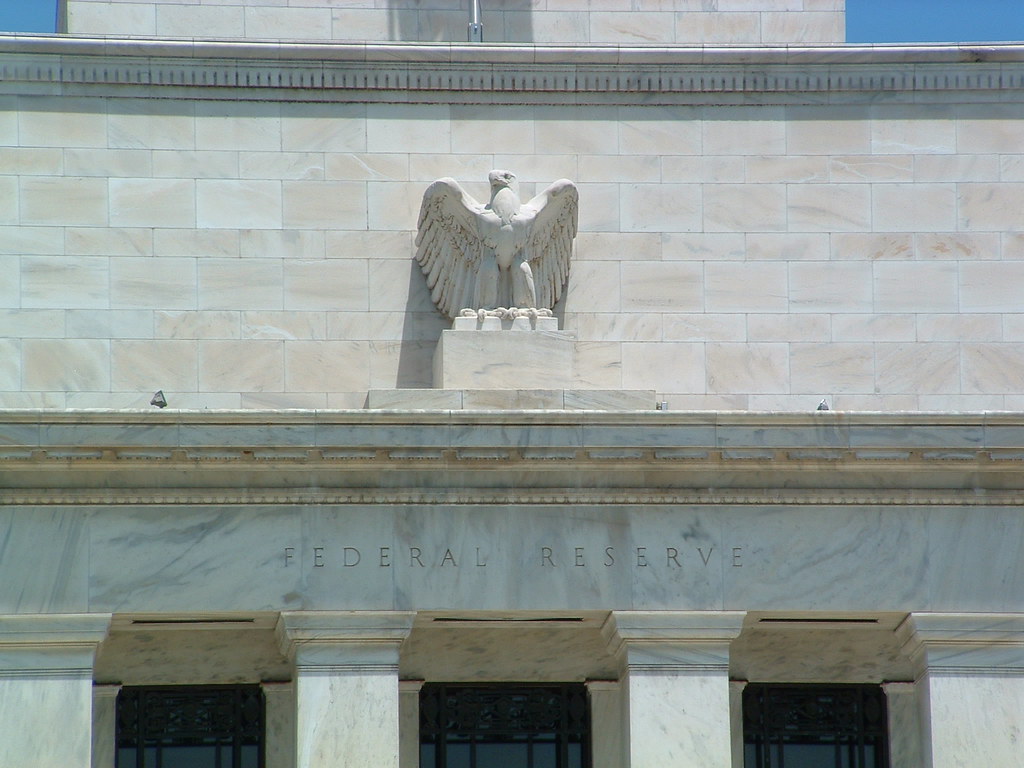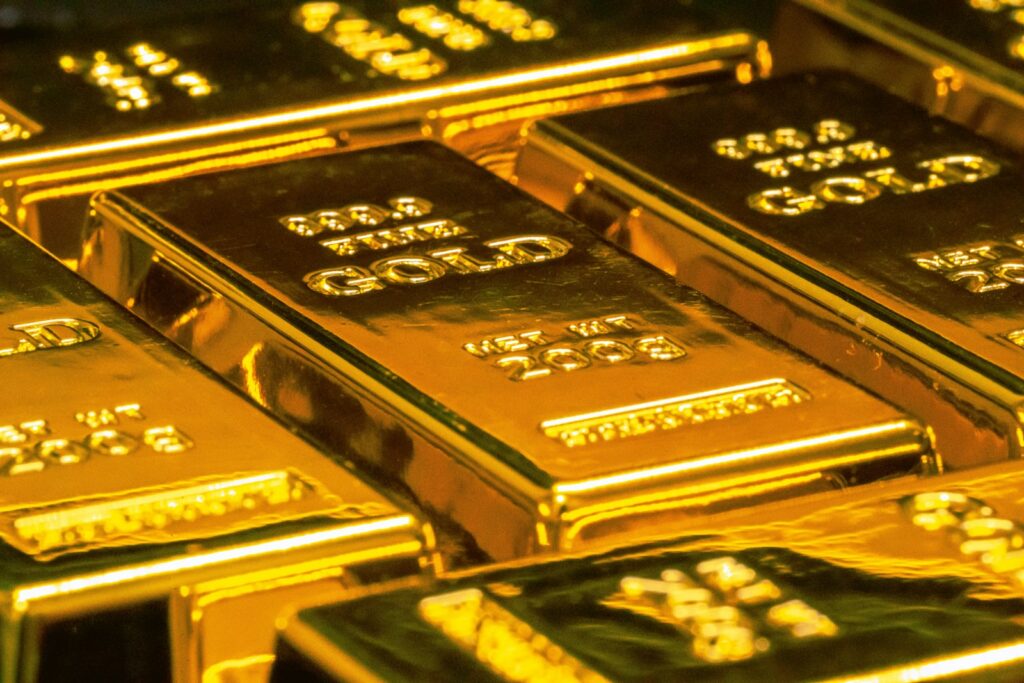Main Points:
- Gold prices surge to record highs, surpassing $2,625 per ounce.
- The U.S. Federal Reserve announces a larger-than-expected rate cut of 50 basis points.
- Geopolitical uncertainty and central bank demand are key drivers of gold’s strong rally.
- Analysts predict gold prices could exceed $3,000 by mid-2025.
- Central banks’ aggressive monetary policy and economic deficits are likely to continue fueling gold’s rise.
The Ongoing Gold Rally
The global economic landscape has seen increasing uncertainty, with investors flocking to safe-haven assets like gold. This week, the gold market experienced yet another milestone as prices surged to over $2,625 per ounce on the COMEX. This bullish trend was largely triggered by the U.S. Federal Reserve’s announcement of a 50-basis-point rate cut, a more aggressive move than many economists had predicted. The combination of geopolitical tensions, inflation concerns, and central banks’ actions has led gold to become a sought-after asset in volatile times.
The Federal Reserve’s Aggressive Rate Cut
On Wednesday, the U.S. Federal Reserve caught many by surprise with an aggressive 50-basis-point interest rate cut, far exceeding the expected 25-basis-point reduction. The decision caused immediate ripples in the commodity markets, particularly for gold. This substantial cut marks the Fed’s commitment to bolstering the economy amid growing fears of recession and global economic slowdown. Lower interest rates typically weaken the dollar, making gold—a non-yielding asset—more attractive to investors as it serves as a hedge against inflation.
The rate cut also underscores broader fiscal concerns, including rising deficits in trade and government spending. According to Alex Ebkarian, COO of Allegiance Gold, “The market is pricing in larger and more frequent rate cuts due to the fiscal and trade deficits.”

Gold Reaches New Record Highs
In the wake of the Fed’s decision, gold prices on COMEX skyrocketed, reaching an unprecedented $2,625 per ounce during intraday trading. While prices later settled to around $2,616, this surge reflects the robust demand for the precious metal. Investors and analysts alike anticipate further upward momentum as economic conditions remain uncertain. With inflationary pressures persisting and central banks continuing to stimulate economies, gold’s appeal as a safe asset grows stronger.
Central Bank Demand and Geopolitical Drivers
One of the key factors behind gold’s bullish rally is the sustained demand from central banks, many of which are increasing their gold reserves to diversify away from the U.S. dollar. Political instability in several regions also adds to the allure of gold as a store of value. Central banks in countries facing economic sanctions or political unrest are turning to gold as a stable asset that is less vulnerable to market manipulations.
Additionally, ongoing geopolitical conflicts, such as tensions in Eastern Europe and the Middle East, have further solidified gold’s status as a hedge against global uncertainty. This has pushed gold prices up by more than 30% in the past year alone.
Market Projections: $3,000 on the Horizon?
Several prominent financial institutions have shared their projections for gold’s future price trajectory. Citi’s North American commodities head, Akash Doshi, has already revised his forecast upwards, predicting that gold will exceed $2,600 by the end of 2024—a prediction that has already materialized. Doshi now forecasts gold to surpass $3,000 by mid-2025, citing both strong central bank demand and persistent inflationary risks.
UBS has also released projections, albeit more conservative. The financial giant predicts that gold prices could reach $2,700 by mid-2025, driven by strong demand and ongoing monetary easing policies from central banks. However, UBS analysts warn of potential volatility, as gold remains sensitive to changes in economic data and geopolitical developments.
A Broader Context: Global Economic Uncertainty
Gold’s rally does not occur in isolation. The broader global economy is grappling with a complex web of challenges, from inflationary pressures to supply chain disruptions and geopolitical unrest. In times like these, gold’s role as a neutral, stable asset becomes even more crucial. Investors see gold not only as a safe-haven asset but also as a potential growth vehicle in an environment where other investment avenues are becoming increasingly volatile.
The Road Ahead for Gold
As we look ahead, the outlook for gold remains strong. The combination of central bank demand, geopolitical instability, and inflationary concerns sets the stage for continued price appreciation. Analysts’ predictions of gold reaching or even surpassing $3,000 by 2025 highlight the bullish sentiment surrounding this precious metal. For investors seeking refuge from the uncertainties of global markets, gold continues to offer a beacon of stability and potential growth.


